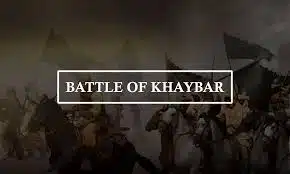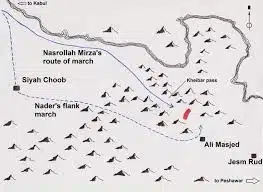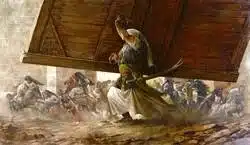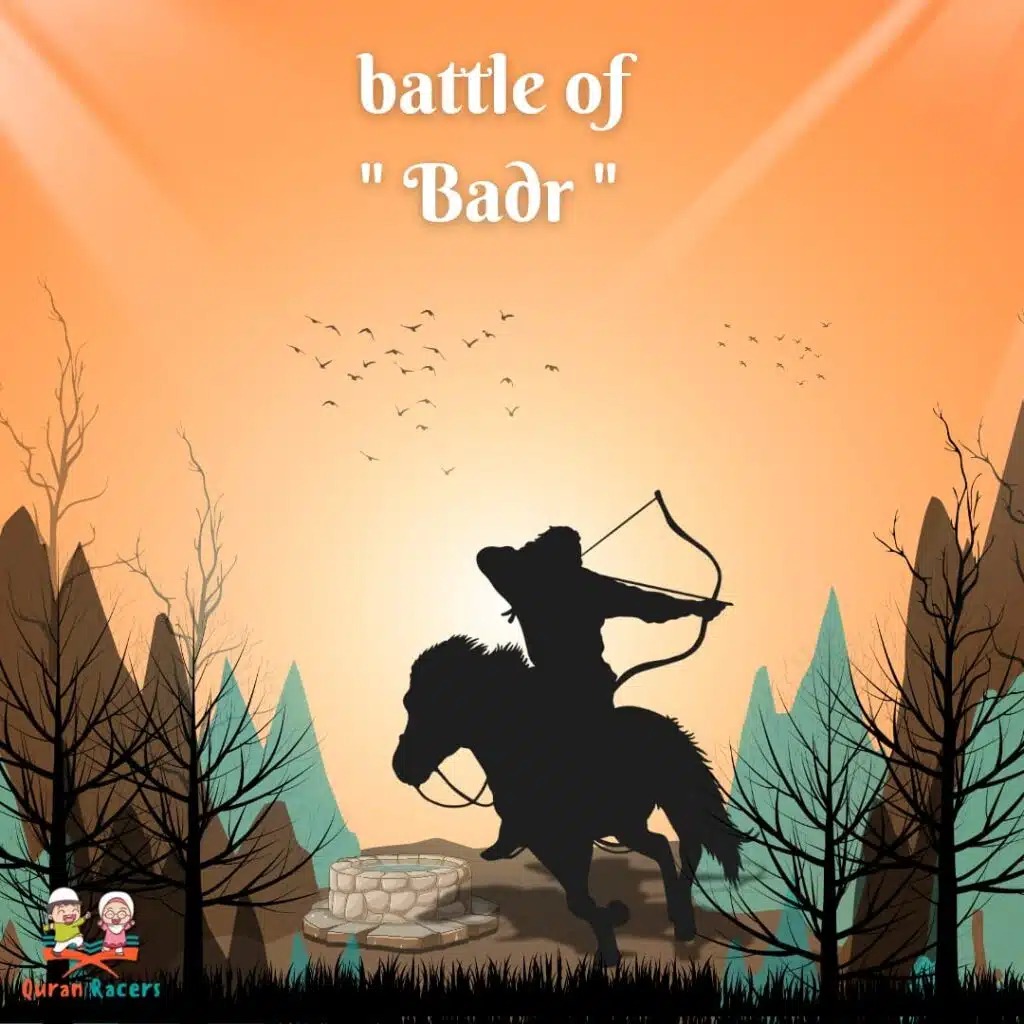🌿 Introduction: Strength Meets Belief
📅 Year: 7 AH | Location: Northern Arabian Peninsula
The Battle of Khaybar stands as a powerful symbol in Islamic history — where towering fortresses could not stop the tide of faith. Taking place in the 7th year after the Hijrah, this battle was not just about military conquest, but about strategy, resilience, and the divine support that comes with sincerity.
In this article, we take you through the key events, lessons, and lasting impact of the Battle of Khaybar, with reflections that still inspire students at Quran Racers Academy today.
🏰 Why Was Khaybar Targeted?
Khaybar was home to the most fortified and influential Jewish tribes in Arabia. Despite past treaties, they:
-
Allied with enemies during the Battle of the Trench.
-
Encouraged rebellion against Madinah.
-
Remained a threat to the stability of the Muslim community.
🌿 The Prophet Muhammad ﷺ decided it was time to neutralize this threat. Thus, the Battle of Khaybar was launched — not as aggression, but as a step toward lasting peace and security.
🚶♂️ The March to Khaybar
-
The Prophet ﷺ led around 1,600 Muslims.
-
The campaign was kept secret until arrival — a strategic move to preserve surprise.
-
Khaybar was composed of several forts, with each guarded and heavily defended.
🔐 It wasn’t just a battle of weapons — it was a battle of patience, courage, and calculated movement.
⚔️ Major Fortresses and Key Moments
The Fortresses of Khaybar
-
Na’im – The first line of defense.
-
Al-Qamus – The strongest and most feared.
-
Al-Sa’ab – Home to fierce resistance.
-
Al-Nata and others – Each requiring unique tactics.
🗡️ The Banner to Ali (RA)
On one historic morning, the Prophet ﷺ said:
“Tomorrow, I will give the flag to a man who loves Allah and His Messenger, and Allah and His Messenger love him.”
That man was Ali ibn Abi Talib, who led the charge and conquered Al-Qamus, shifting the course of the Battle of Khaybar.
🤝 The Treaty: Mercy After Strength
After several forts fell, the Jewish leaders sought peace. The Prophet ﷺ agreed:
-
The Jews would remain in Khaybar.
-
They would cultivate the land.
-
Half the produce would go to the Muslims.
📜 This agreement turned a battlefield into a productive alliance. The Battle of Khaybar ended not with destruction, but with structured diplomacy.
Lessons from the Battle of Khaybar 🌟
🔹 Faith Can Move Mountains
Outnumbered and under-equipped, the Muslims succeeded through sincerity and unshakeable faith.
🔹 Leadership is Vision
The Prophet ﷺ’s choice of Ali (RA) was not just about strength, but trust, knowledge, and loyalty.
🔹 Strategy Wins Wars
From secrecy to selective engagement, the tactics used were ahead of their time.
🔹 Mercy is Power
Even in victory, Islam promoted peace, showing the world that ethics stand above revenge.
🕌 Why the Battle of Khaybar Still Inspires Us
The Battle of Khaybar is more than just a historical memory. It’s a reminder that:
-
Challenges may seem massive like fortified walls 🧱
-
But the believer’s heart, connected to Allah, can break through anything 💫
At Quran Racers, we teach these stories not just for knowledge, but to build confident Muslim hearts that believe they too can face anything with sincerity and planning.
Quran Racers – Where the Quran Meets Real-Life Lessons 📚
At Quran Racers, we blend Qur’an memorization with real stories like the Battle of Khaybar, showing students how:
-
The Qur’an guided the Prophet ﷺ in battle and peace.
-
History is not just past — it shapes our present values.
Join us to raise a generation that knows the Qur’an, understands its context, and lives with purpose. 🚀
Conclusion: Stones Fell, But Faith Rose 💭
The fortresses of Khaybar stood high — strong, tall, and impenetrable. But when faced with pure faith, sincere leadership, and divine guidance, even stone couldn’t stand.
Let the Battle of Khaybar teach us:
“Victory does not lie in numbers or walls — but in hearts that trust Allah.”
📌 Next Article Coming Soon:
🌍 The Battle of Mu’tah – When the Few Stood Against Thousands













